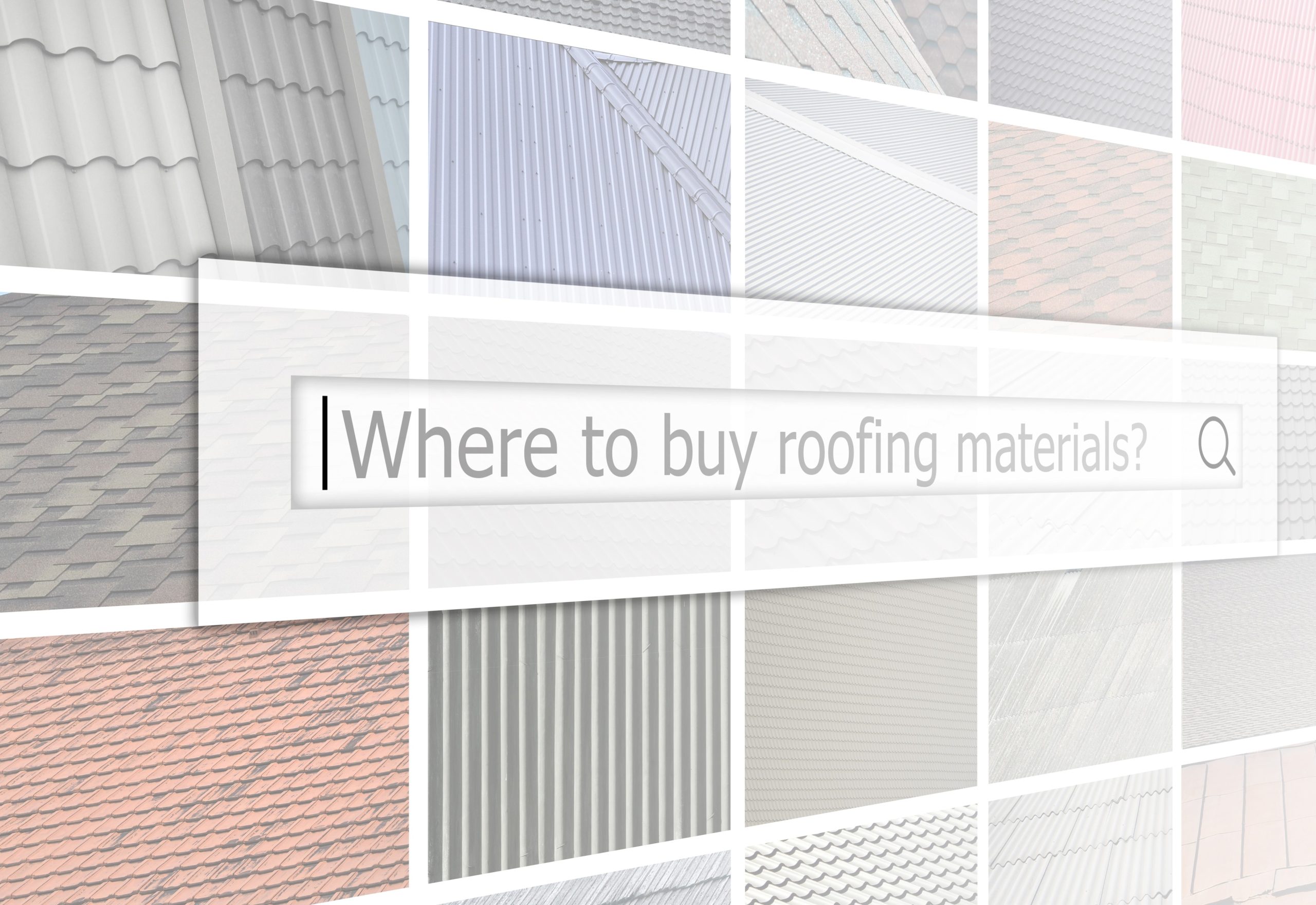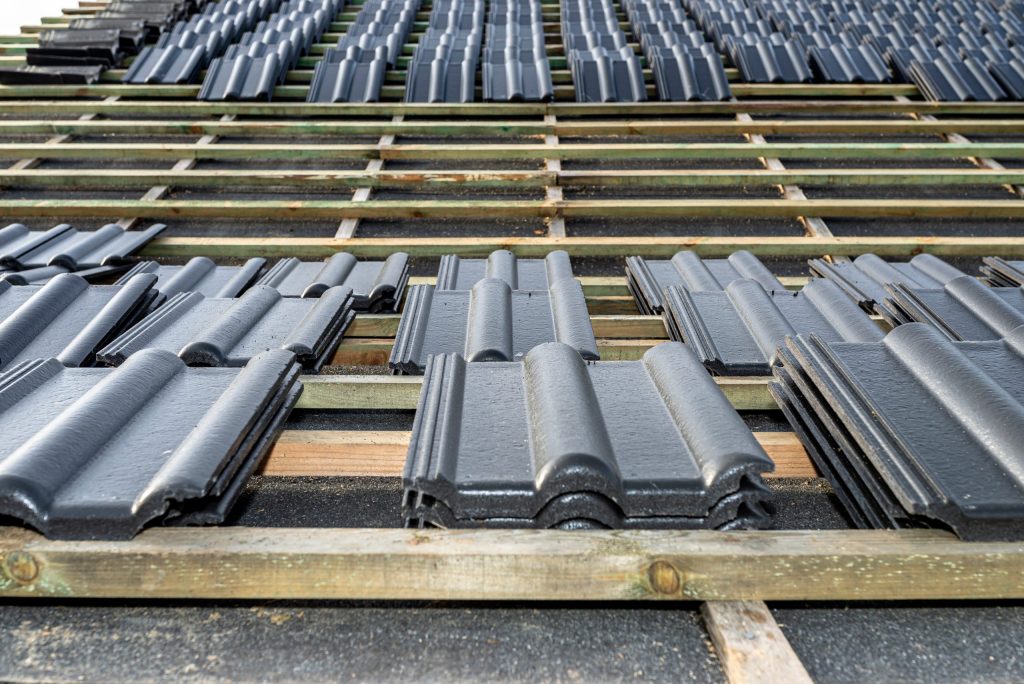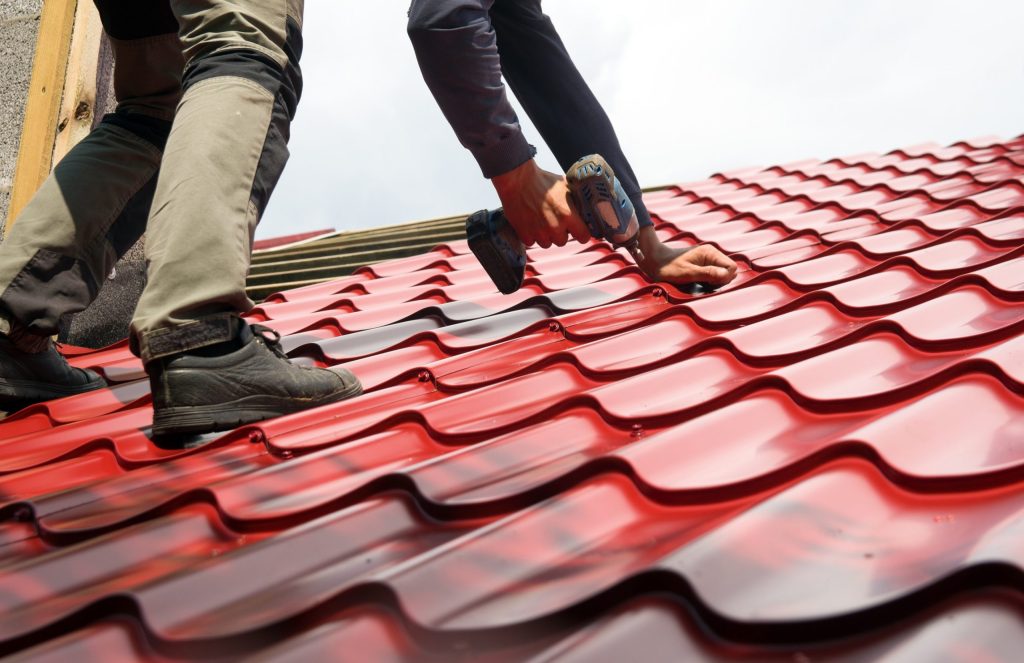One roofing industry report estimates that nearly 5% of all residential roofs in the U.S. need repair or replacement after a major weather event each year. That’s a staggering number, and it highlights just how important your choice of roofing materials really is.
The decision that trips up most homeowners isn’t color or style, it’s material. The choice you make right now sets the tone for energy use, long-term maintenance, insurance conversations, and resale. Budgets always matter, but don’t let a low per-bundle price be the only story. The goal isn’t just a new roof; it’s the right one for where you live.
If you want a premium option with real staying power, look at Verea Clay Tile. Our Products (Barrel, Spanish S, and Flat) cover classic and contemporary looks, and the brand backs them with a clear Lifetime Limited Warranty plus thorough technical guidance your installer can follow line by line.
 Step 1: Start With Your Climate
Step 1: Start With Your Climate
Your climate is the first consideration that will determine the right roofing system. Every region puts its own unique demands on a roof, and the wrong choice can cut its life dramatically short. A home in sunny Florida will not face the same challenges as a home in snowy Colorado or coastal Maine.
That’s why the first thing to consider in choosing roofing materials is to think about your climate:
- Heat and Sunlight: In southern hot-weather states, sun-reflecting and ventilating materials like clay tile or light-colored shingles lower attic heat and energy costs.
- Cold and Snow: Northern houses need a roof that can withstand heavy snow weights, freeze-thaw cycling, and ice dams. Architectural shingles and metal roofing generally perform well in these areas.
- Humidity and Rain: If you live in a wet or coastal climate, algae-proof laminated high definition shingles or clay tiles are needed to prevent water damage and discoloration.
- Storms and High Winds: In areas prone to tornadoes or hurricanes, a strongly wind-rated roofing system and strong installation details, such as starter strips, barriers, and secure fastening, are vital.
Your roof is not just a visual choice; it’s your first line of defense against the weather your daily life subjects you to. Your selection of material well-suited to your environment ensures your investment pays off in both longevity and satisfaction.
Step 2: Compare Roofing Materials
There is no single roofing material. Each has its advantages and disadvantages, and the best one will be determined by your design style, budget, and local climate. Let’s consider the top picks.
A. Asphalt Shingles
Asphalt shingles are favored because they’re inexpensive and easy to install, factors that have made them the default standard for home building.
While they come in a number of different styles, such as heavier laminated styles that offer greater depth, asphalt shingles are usually not as long-lasting as metal or clay roofs. They can also be prone to more frequent replacement or repair over the years.
B. Architectural Shingles
Architectural shingles, or dimensional or laminate shingles, provide a layered, more textured appearance compared to standard asphalt shingles. Their added thickness contributes to greater performance and a more upscale look to homes.
Most homeowners choose architectural shingles when they want something stronger than standard asphalt but not much stronger than clay tile.
C. Clay Roof Tiles
Clay roof tiles, like those provided by Verea Clay Tile, are best known for their strength, classic appeal, and extended lifespan. Clay naturally resists fire, algae, and sudden weather temperature shifts, allowing it to be a high-quality option for varied environments.
A properly installed clay tile roof can last over 75 years, far longer than the lifespan of most other roofing materials. Verea’s next-generation lightweight clay tiles also make it simpler to install and allow more homes to take advantage of the historic clay’s strength and beauty without the need for extensive structural support requirements.
D. Metal Roofs
While some homeowners consider metal roofing for its energy efficiency, the reality is that its reflective nature can create glare and heat issues in the surrounding environment. Although it may slightly reduce energy costs in certain climates, the savings are often minimal when compared to the natural insulating benefits of clay tiles.
Metal roofs can last for decades with proper upkeep, but “proper upkeep” often means costly maintenance and the risk of corrosion, dents, or paint fading over time. They are also prone to expansion and contraction with temperature changes, which can loosen fasteners and compromise durability.
Despite their reputation for longevity, the high upfront cost paired with ongoing maintenance needs makes metal roofing a questionable investment.
Knowing the advantages and benefits of each material, you can make a knowledgeable decision that protects your house and makes it appear stunning from the curb for years to come.
Step 3: Balance Price And Longevity
Most homeowners prioritize price when they are choosing roofing material. While the upfront price is a factor, the real value of a roof is how long it will last and how well it will protect your home. A cheaper product may be very attractive upfront, but will generally cost more in repairs and replacements in the long run.
- Asphalt shingles may be cheap to begin with, but they will only last 15–30 years before needing replacement.
- Architectural shingles last longer, with 30–50-year or longer life expectancies when properly maintained.
- Verea clay roof tiles have a lifetime or longer durability, offering incredible value to homeowners who desire strength, beauty, and peace of mind.
When you tally the cost over decades instead of the upfront cost only, clay tiles become the best investment. Choosing a material with real longevity means less replacement, less disruption, and a roof that will continue to add value to your house for generations.
Step 4: Look At Warranty Options
Your roofing material warranty is equally as significant as the product itself, as it will safeguard your investment and offer peace of mind. The warranty should be strong and describe coverage for replacement, repair, and installation requirements, along with protection from conditions such as algae growth or weather damage.
While warranties are important, Verea Clay Tile products are designed with durability and longevity in mind, minimizing the need for frequent repairs and making it far less likely that you’ll ever need to rely on warranty coverage at all.
Step 5: Consider Design And Curb Appeal
A new roof is one of the most visible parts of your home’s exterior. It should enhance rather than distract.
- Architectural shingles give homes a dimensional, high-end look.
- Clay tiles boast unsurpassed beauty, reflecting traditional architecture while adding resale value.
- Metal roofing suits modern and farmhouse-style homes nicely.
Verea’s clay tiles are available in traditional profiles and warm, natural colors, making them a perfect option for homeowners who want durability as well as design appeal.
Step 6: Think About Energy Efficiency And Sustainability
Roofing materials directly affect your home’s energy use, so they’re an important factor in long-term savings and comfort. Clay tiles, such as Verea Clay Tile, have inherent insulation properties and improve ventilation, which reduces heat transfer throughout the home.
Metal roofing can also save on energy costs by reflecting solar radiation, and some asphalt shingles are constructed with reflective coatings to enhance efficiency. No matter which material you choose, an energy-efficient roofing system can lower utility bills and make your home more comfortable, especially in regions with extreme temperature shifts.
Step 7: Work With A Trustworthy Local Contractor
No matter what material you choose, proper installation makes or breaks your roof system. Your experienced roofing contractor will:
- Inspect your roof slope and ventilation.
- Ensure starter strips, barriers, and underlayment are installed correctly.
- Recommend compatible building products for your home.
- Walk you through warranty requirements and registration.
When buying roofing materials, make sure your contractor purchases from good suppliers and that they use quality products like Verea Clay Tile.
 Step 8: Think About Maintenance
Step 8: Think About Maintenance
All roofing materials carry some degree of maintenance, which can affect cost and convenience later on. Asphalt shingles may need the occasional replacement of curling, cracking, or algae-covered shingles, while architectural shingles are somewhat more durable but can still be prone unless they are specifically made to be algae-resistant.
Metal roofs are low-maintenance but may require resealing after several decades of weathering. Clay roof tiles, by contrast, require little more than a periodic inspection for cracks. Verea’s clay tiles stand out for their low-maintenance durability, offering a long-term advantage and peace of mind to homeowners.
What Makes Verea Clay Tile Stand Out
Choosing the finest roofing supplies is an important choice. Verea makes the decision simple by offering:
- Long-lasting, lightweight clay tile for the North American home.
- Compatibility with homes that might not traditionally be able to carry heavy tile.
- Timeless beauty that adds curb appeal.
- Roofing products backed by enhanced quality standards.
If you’re planning a new roof installation or upgrading your current system, Verea’s clay tiles provide a balance of durability, energy efficiency, and architectural elegance that’s hard to match.
For many homeowners, Verea Clay Tile clay tiles are the perfect blend of beauty, durability, and long-term value. When it comes to choosing a roofing material, many times the best choice is also the simplest one.
Have questions or need a local distributor? Contact Verea (786-641-9154) for guidance specific to your project.


 Step 1: Start With Your Climate
Step 1: Start With Your Climate Step 8: Think About Maintenance
Step 8: Think About Maintenance